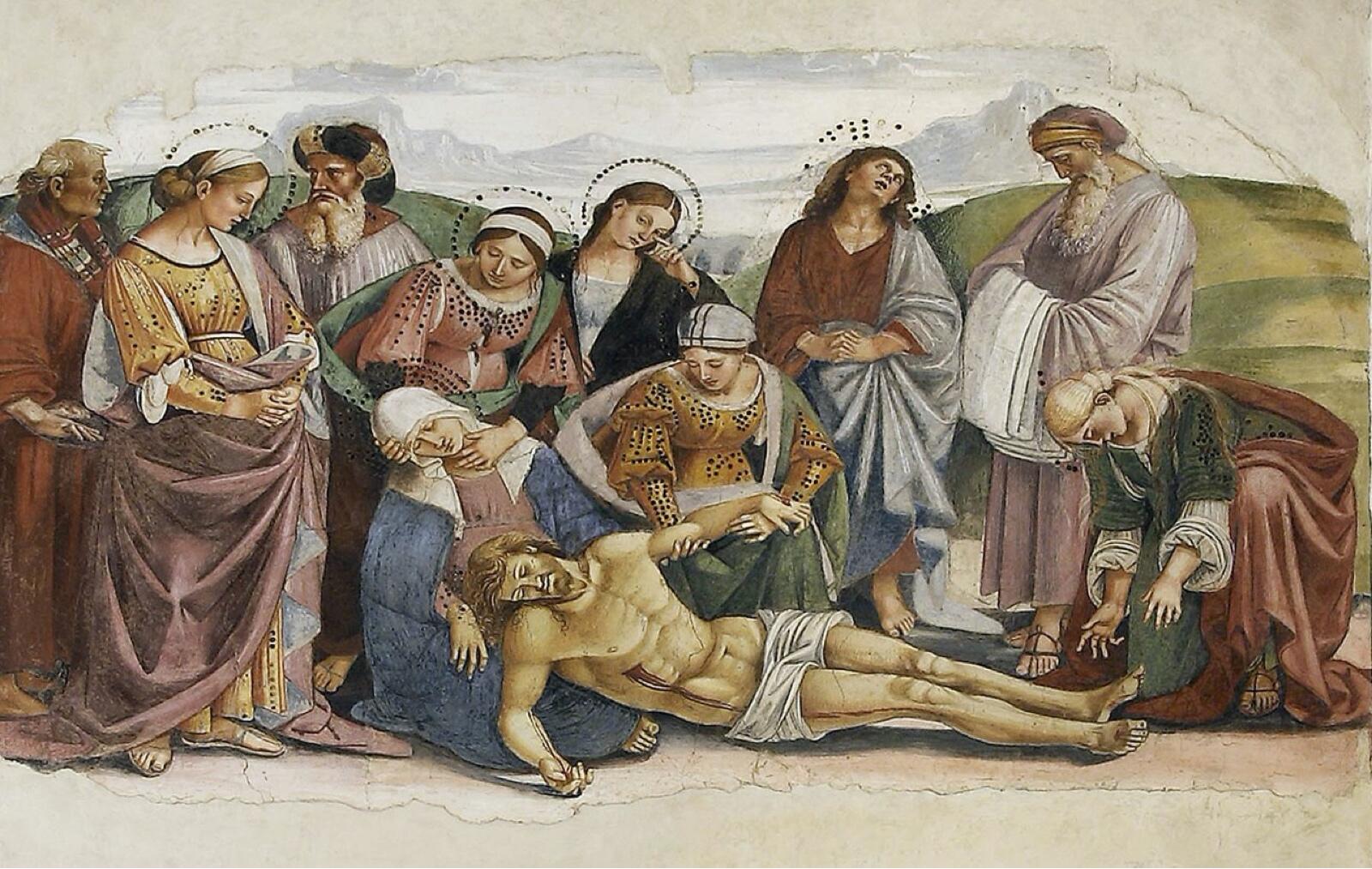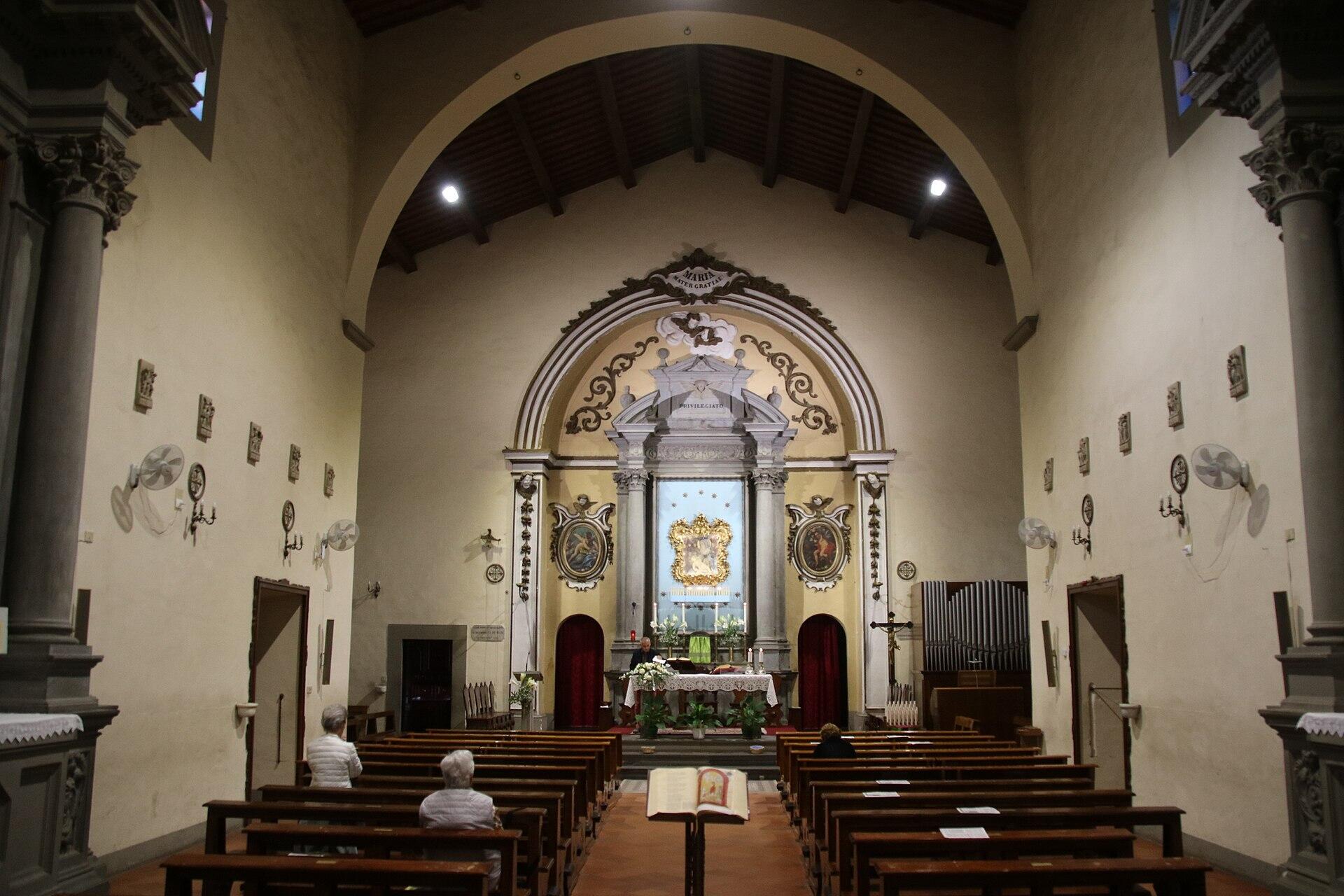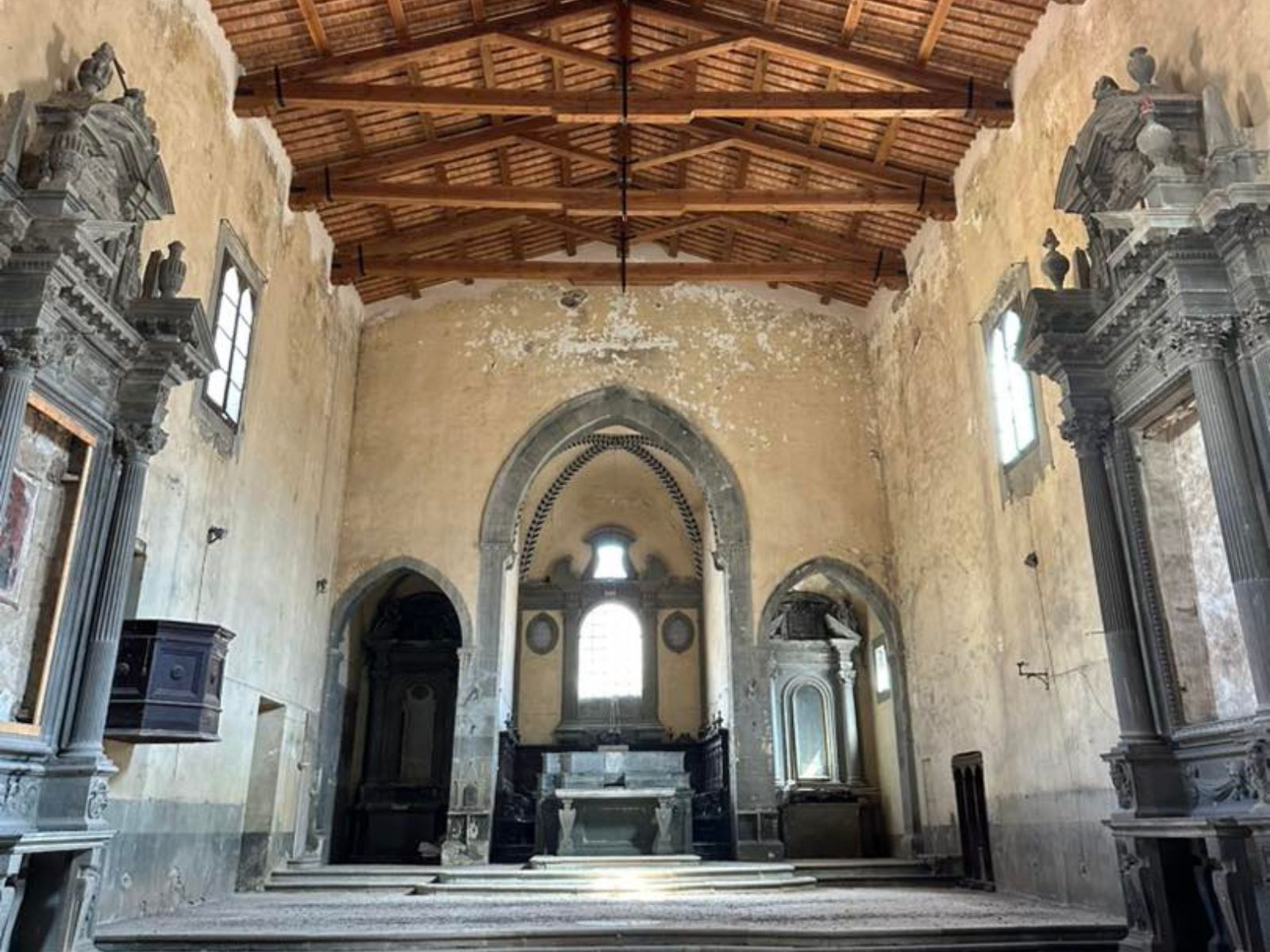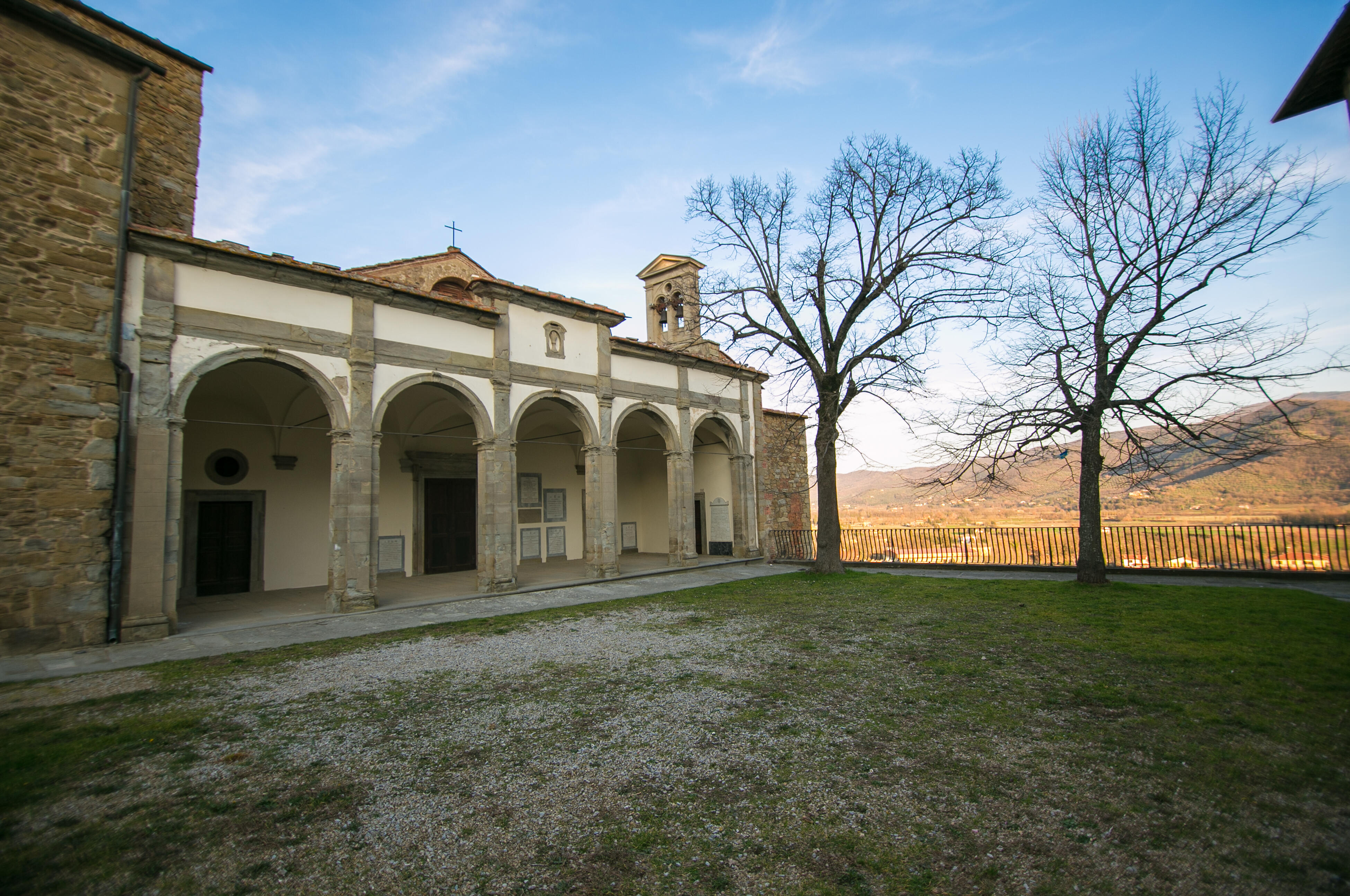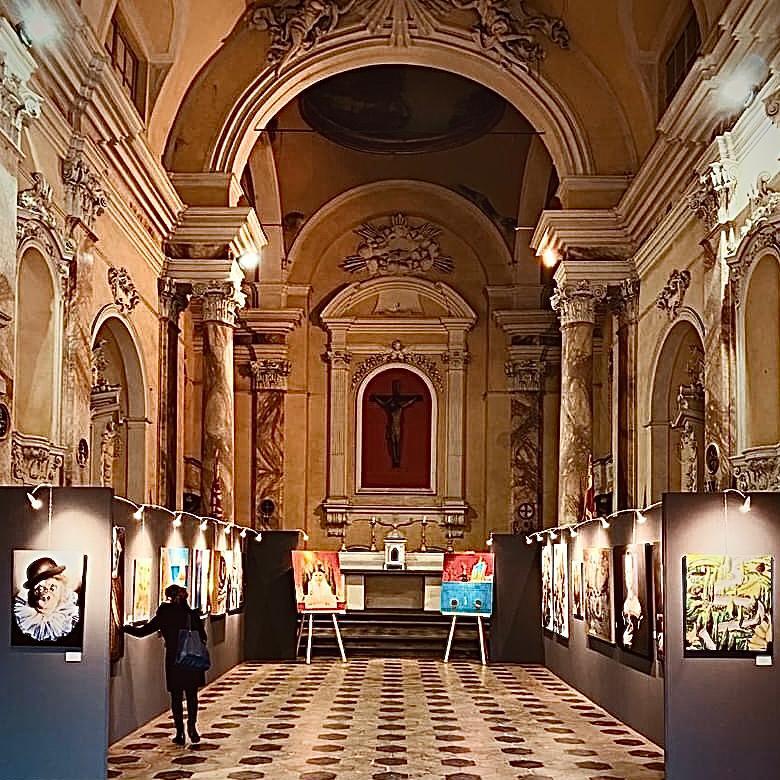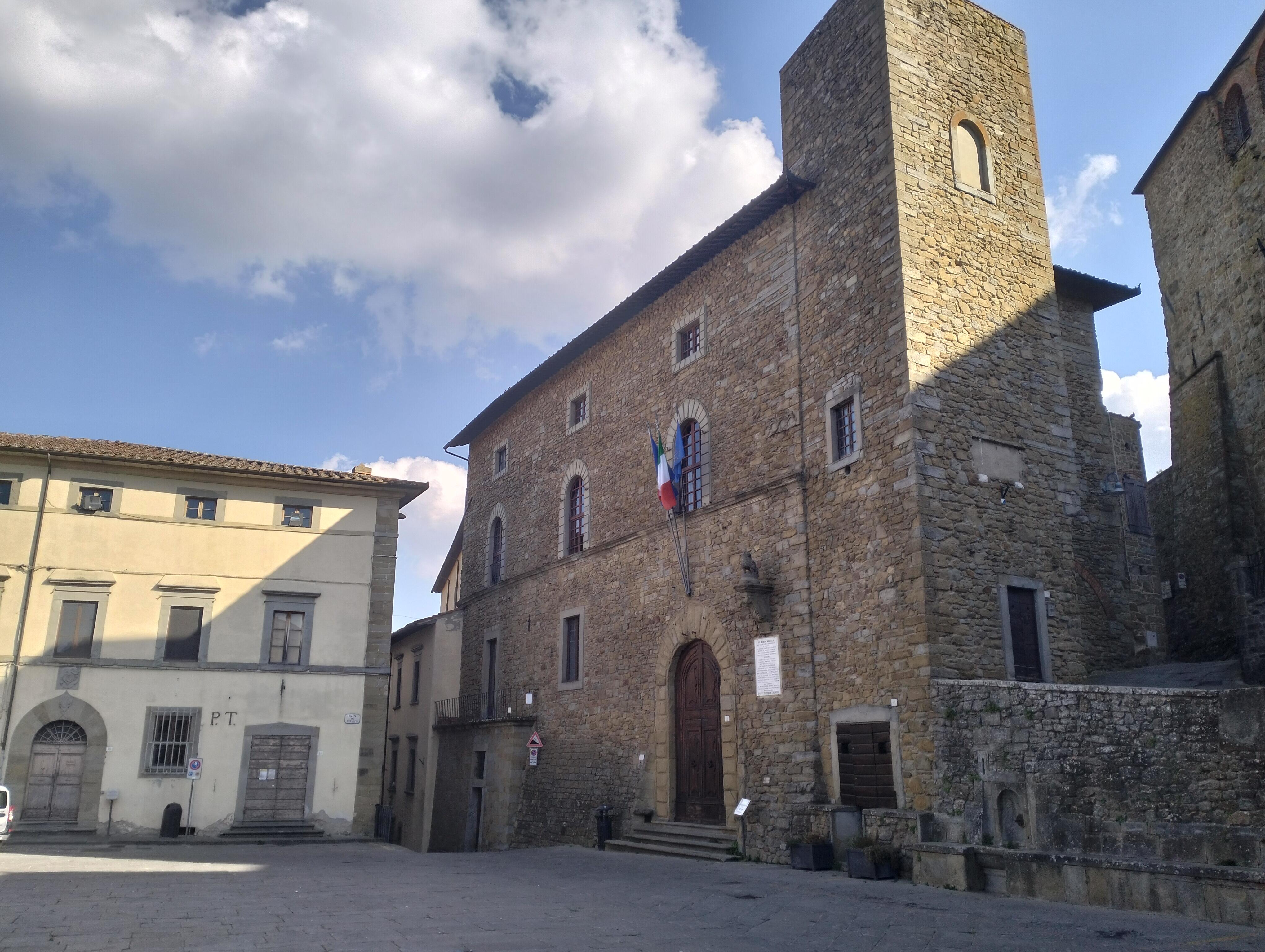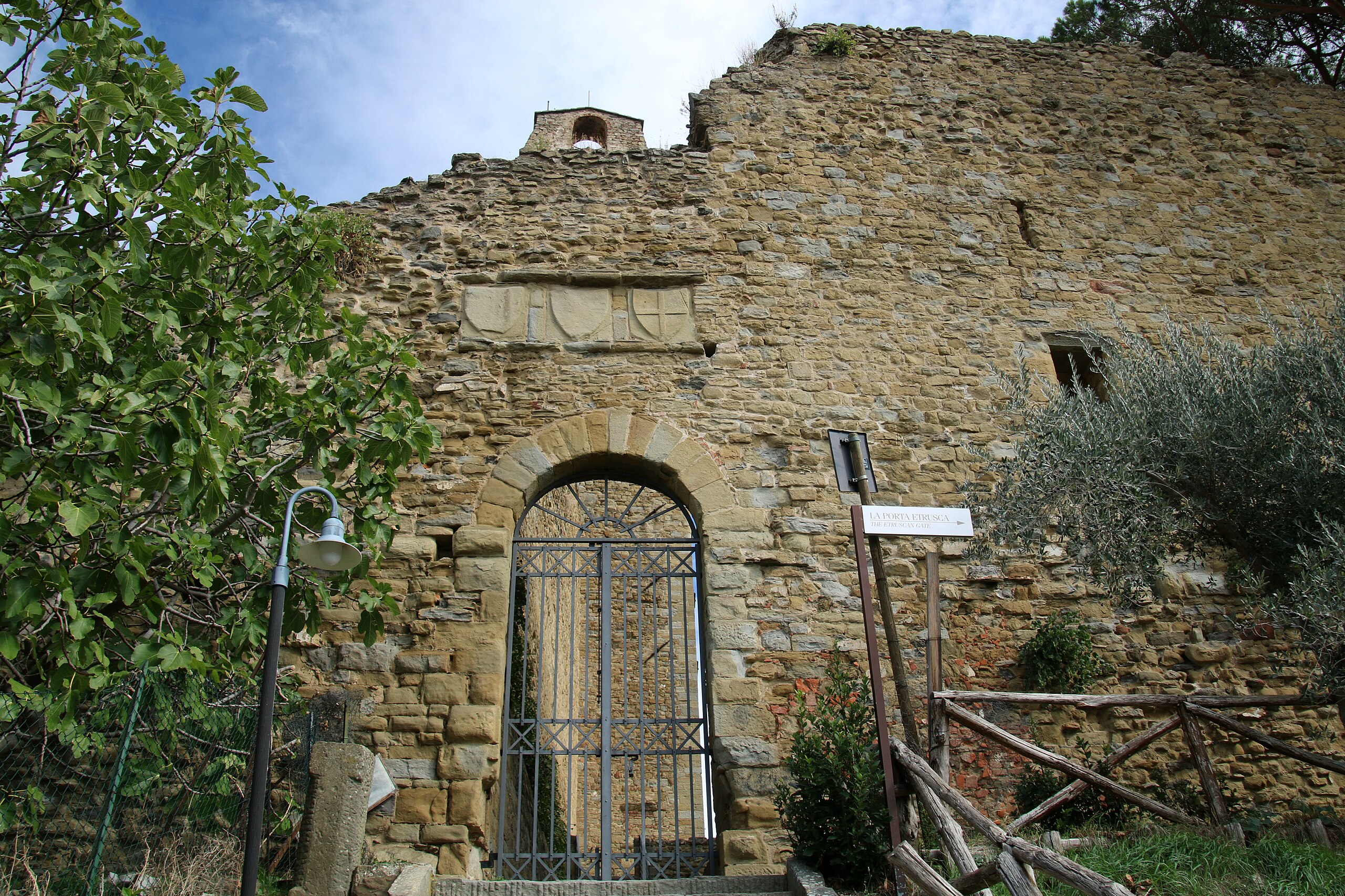More information :
These routes connect Chiusi della Verna to Sansepolcro, Castiglion Fiorentino to Cortona, Arezzo, and the other six municipalities of the Valtiberina (Pieve Santo Stefano, Badia Tedalda, Sestino, Anghiari, Caprese Michelangelo, and Monterchi). These are the pilgrimage paths that lead southward to Assisi.
The more experienced and determined hikers can follow the Vie di San Francesco (St. Francis’ Ways) in Tuscany, particularly in the Valtiberina area, choosing between two main routes. Both begin in Chiusi della Verna and continue into neighboring Umbria.
The first—and most well-known—follows the ridge of the Alpe della Luna and passes through: Pieve Santo Stefano – Hermitage of Cerbaiolo – Hermitage of Montecasale – Sansepolcro.
The second, equally important, follows the Alpe di Catenaia and includes the following sites: Hermitage of La Casella – Caprese Michelangelo – Montauto Castle – Montauto Cenacle – Anghiari.
Just like the Camino de Santiago or the Via Francigena, the Franciscan route has its own Credential, issued by a religious authority. It is a travel document that accompanies the pilgrim along the way, distinguishing them from other travelers. At each stage, it is stamped and dated at the designated hospitality sites.
Presenting this Credential upon arrival in Assisi allows pilgrims to receive the Testimonium Viae Francisci, a certificate confirming the completion of the pilgrimage.
As for the city of Castiglion Fiorentino, the Way of St. Francis enters the historic center through the Petrognano area, reaches Porta Fiorentina, continues to the Convent of San Francesco, along Corso Italia to Piazza del Comune; it then descends toward Porta Romana and the Church of the Consolation, before heading from the Palazzolo area toward the Castle of Montecchio.


 ITA
ITA